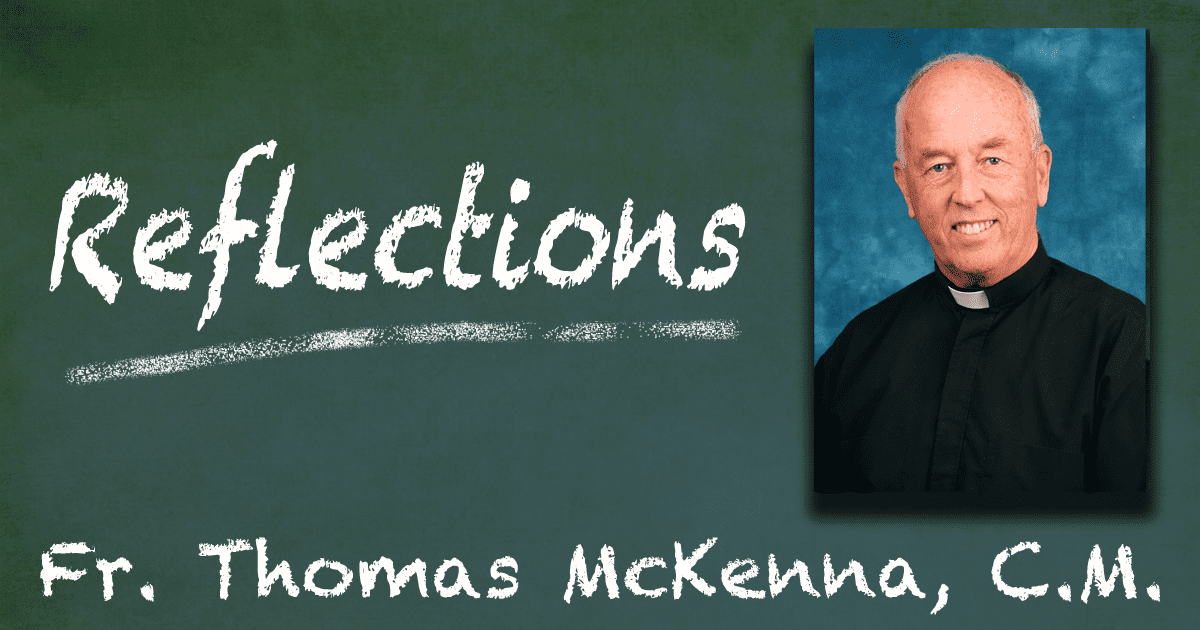In this election year, a phrase again coming to the fore is “identity politics.” Instead of focusing on an underlying unity that joins people together, it locks onto what makes them different and distinct from one another. Rather than build on commonalities, it puts the spotlight on their boundaries. Vote by this group identity; make the most important consideration getting one of your own into power; build that wall to keep the others out. Arguing against that mentality in some recognizable circles would take more than average courage. But it would also be moving toward the kind of world Jesus discloses when he proclaims his Father’s Kingdom.
In the Hebrew Testament, Jonathan, son of Saul, is one of those courageous people. (I Samuel: 20). His father, out of jealousy, wants to cut David off, remove him from the inner circle. “Let’s keep this kingship in the clan, hold onto it as a family possession” – the opposite of using it as an instrument for uniting all the clans. It is Jonathan who risks his father’s anger by arguing that this outsider, David, should be taken in. Saul would do better, he insists, to regard power as something to be shared rather than hoarded and protected. In the words of St. Francis, Jonathan is an “instrument of Thy Peace,” working to unite, soften boundaries, and stretch peoples’ sense of identity.
Especially in these fractious times, how to move more toward unity rather than separation? How to help others to see past tightly held identity markers? What are ways to lead the society around us to widen out and see across the boundaries to the grace on the opposite side?
In another place, Paul styles this “the ministry of reconciliation,” the project of bringing things that were two into some kind of oneness. St. Vincent’s efforts to bridge the gap between rich and poor worked toward this same mission, as do today the ministries of his worldwide family. The best of all models for this is, of course, The Lord Jesus who in his dying stood between the two sides and opened the way toward fuller unity.








Thanks, Tom, especially for referring to “St. Vincent’s efforts to bridge the gap between rich and poor,” and working toward the same mission as St. Paul’s as he carries out his “ministry of reconciliation.”
Vincent’s efforts, of course, were patterned after those of the “Lord Jesus who in his dying stood between the two sides and opened the way toward fuller unity.” But his death on the cross, as Fr Maloney puts it, “flows from his option for the poor and the powerless. He shows himself wonderfully free before the powerful of this world. He criticizes those who lay oppressive burdens on others. But he himself is powerless. So, the oppressors, the powerful, reject him.”
So, part of those efforts and patterns of doing things is standing up to those in power (Richelieu, Mazarin, Anne of Austria; the scribes, Pharisees, the fox Herod). I think we should be revolted, as the Lord was, with those who stand before sacred places dedicated to him, for besides him there is no other (Is 45, 5. 6. 18. 22) to try to make the point, “I am, and there is none besides me” (Is 47, 8. 10).
Ross,
Your comment should have been the homily! Thanks…